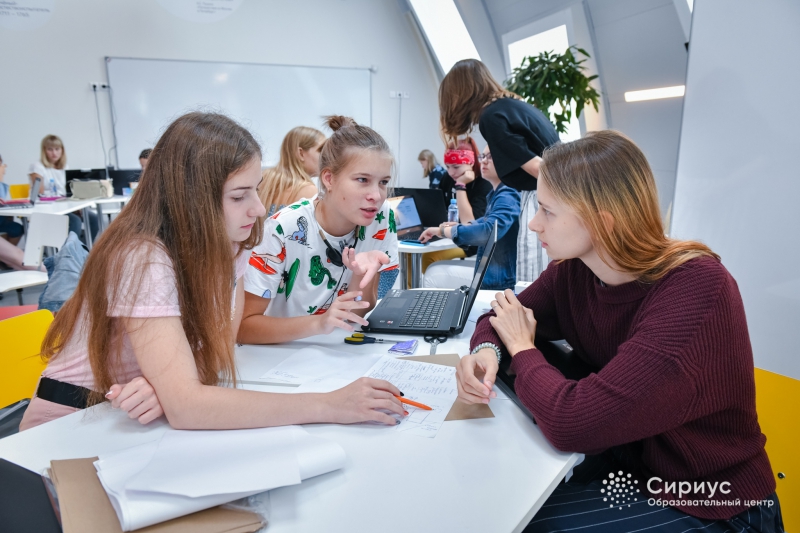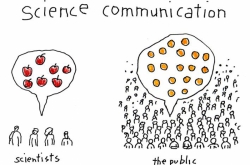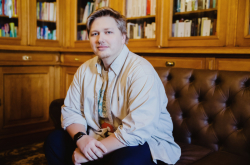Sirius is an educational center in the city of Sochi, founded by the Talent and Success Educational Foundation using parts of the infrastructure established for the 2014 Olympic Games. Its goal is to identify, support, and train talented children who demonstrate special abilities in the fields of art, sports, natural sciences, as well as technological creativity. Sirius operates throughout the year, receiving some 800 children aged 10 to 17 from all over Russia on a monthly basis. Its staff is made up of top teachers of schools specializing in sports, physics, math, chemistry, and biology, as well as key figures of Russia’s music, ballet, and visual arts communities.
Educational programs at Sirius are divided into several parallel sections: science, arts, and sports. Its students learn about many varied subjects: from physics and biology to hockey and fundamentals of multilayered watercolor painting. The Center also offers partner programs, designed in collaboration with companies such as Rosneft, Roscosmos, and others.
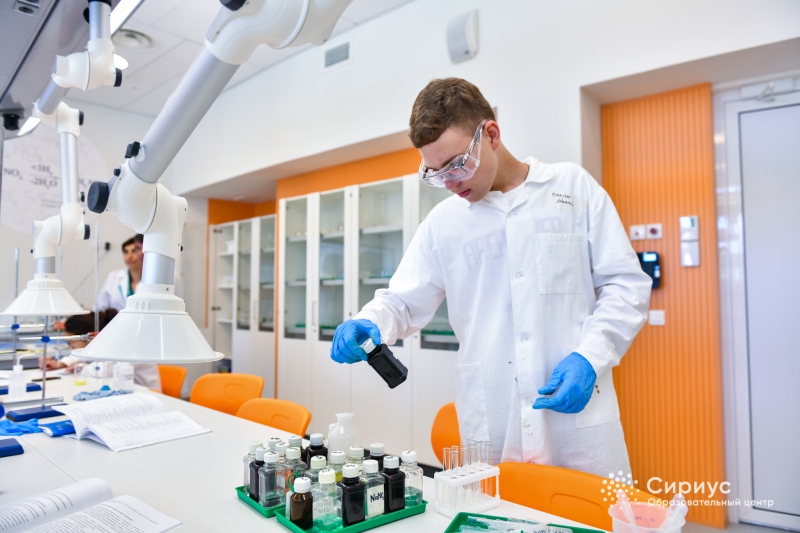
Among the Center’s partners is ITMO University’s Center for Science Communication. In 2017, students of ITMO’s Master’s program in Science Communication did their summer internships at Sirius; in 2019, the program’s first-year students worked at the press center of the conference Science of the Future – Science of the Youth. Staff of the Center for Science Communication also give lectures and host workshops in Sochi, adds Daria Denisova, deputy head of CSC.
This year, the Center for Science Communication and Sirius have expanded their collaboration in the field of SciComm. Starting from August, students and graduates of the Master’s program in Science Communication will have the opportunity to travel to Sochi and speak to kids and teenagers about the various forms and aims of science communication.
“It’s important that we provide school and university students, who work on science projects and research here at Sirius, with the ability to talk about their work in an accessible and fascinating manner. To their schoolmates, friends, teachers, even to their parents. We want kids to know about the many scientific and pop-sci platforms where they can share their projects, to hone their communication skills, to learn how to make presentations and articles, to be able to explain complex scientific concepts in simple terms, and to find novel ways of presenting science to society. All this is science communication, and we at Sirius try to pay great attention to it,” notes Alexey Turchin, head of Educational Programs Center at Sirius.
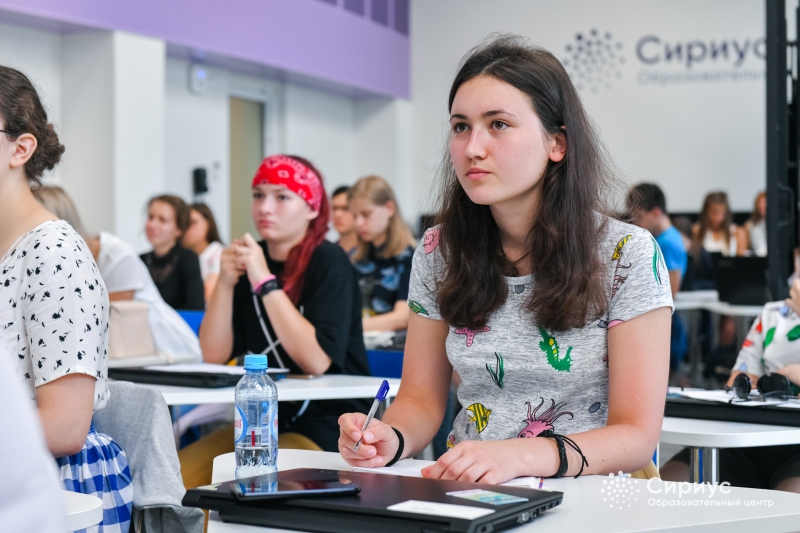
Participants of the August trip were chosen as a result of a competition . To take part, the young science communicators needed to present their outline for a workshop and describe how they would present their material. Two students, Ekaterina Loginova and Natalia Ros, who have both graduated from the program this year, won. Working with 7-to-8 graders, they taught them about science museums and renowned Art&Science projects.
“I wanted to show my students the importance of science communication in today’s society,” tells us Natalia Ros. “As an example, I used the interdisciplinary field of Art&Science. In essence, the artists and scientists involved in it use the language of art to talk about science. For my classes, I picked projects that would inspire kids to create their own works; for their final assignment, I asked them to create a prototype of an art object symbolizing a situation wherein scientists create custom-made living creatures. The results proved that these kids are wise beyond their years, think fast, and aren’t afraid to ask questions. Teaching them felt like exchanging knowledge and thoughts with my equals.”

After hosting individual workshops, the ITMO graduates organized a joint class that included an introductory lecture on the use of technologies in prolonging human life (various mechanical augmentations like robotic structures or genetic engineering). Then, they asked the students to split into teams and debate the legality of such research. In the end, all students spoke in favor of continuing genetic engineering research.
“Sirius was a pleasant surprise: from its infrastructure to the way classes are organized, everything was very clear and comfortable,” says Ekaterina Logniova. “This trip has helped me overcome my scepticism towards “little geniuses from all over Russia”. They really are great and clever children. Our first workshop about science museums was attended by very young students of the sports section, but their curiosity and creativity made the experience lively and unusual. The older kids, who came to the debate on the scientific and ethical issues of human genome editing, won me over completely. Their awareness and understanding of the topic allow me to believe that this educational center establishes a concrete foundation for the training of, if not scientists, then people with a scientific and critical understanding of the world.”

The staff of ITMO University’s Center for Science Communication note that the August trip was far from the last, and more Master’s students of the University will travel to Sirius in the fall to continue giving classes.
“To a science communicator, Sirius is a special place. It is, I would say, the place where you can find the most attentive and demanding students of our educational programs. We’re extremely happy to have negotiated a regular collaboration with the Center this year. Explaining the intricacies of interacting with the public, talking about the formats and traditions of science communication, and working together to find the opportunities that our resources offer to the youngest researchers – all these things are among our shared goals,” says Daria Denisova, deputy head of the Center for Science Communication.
